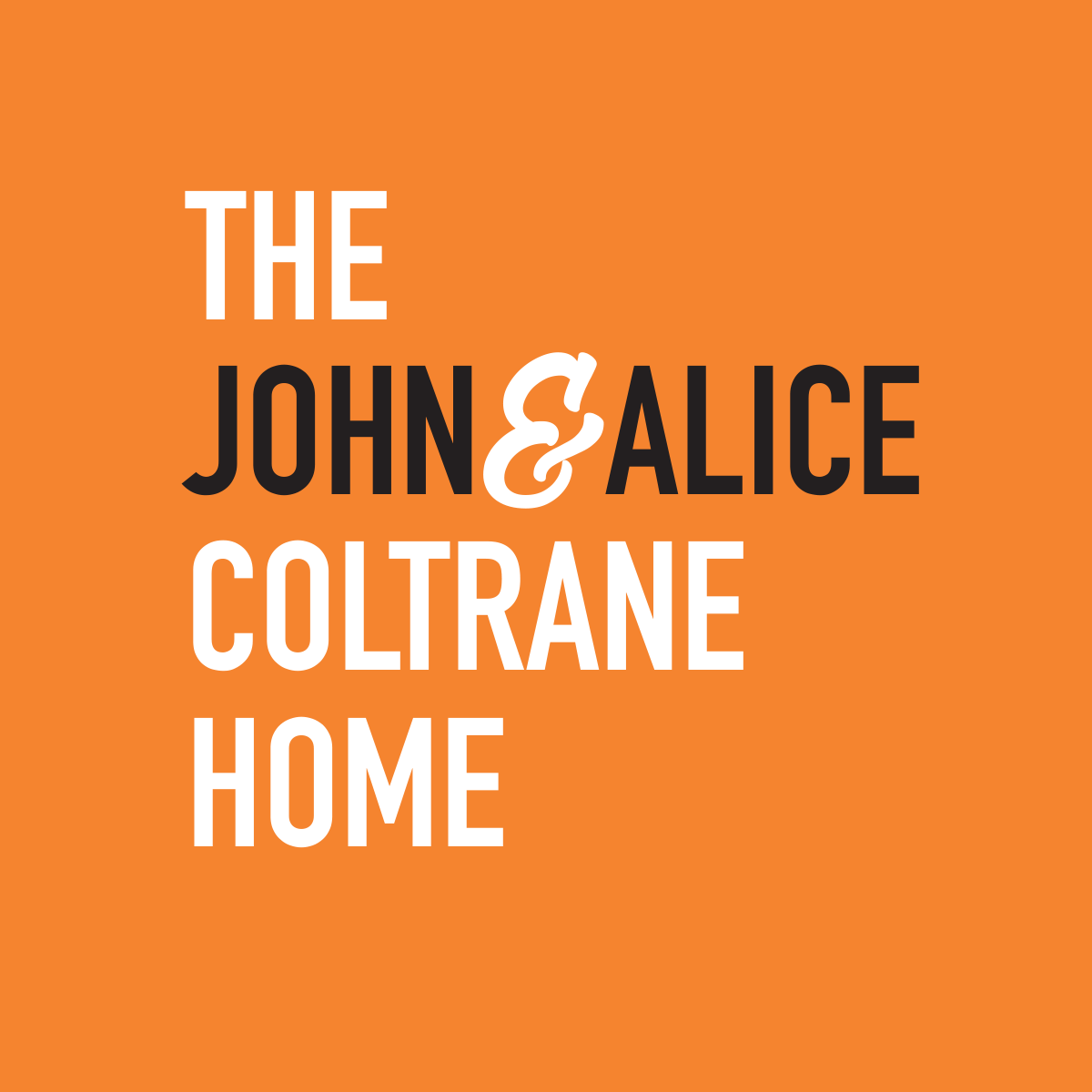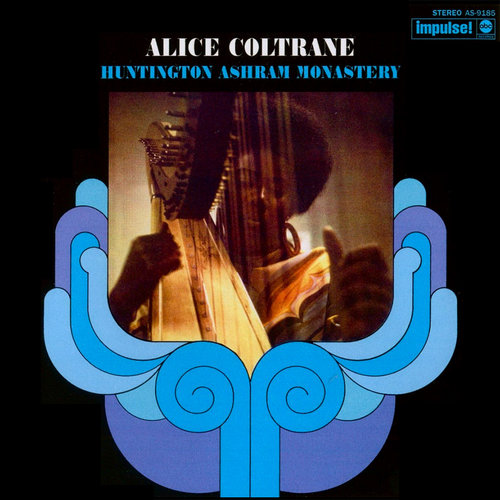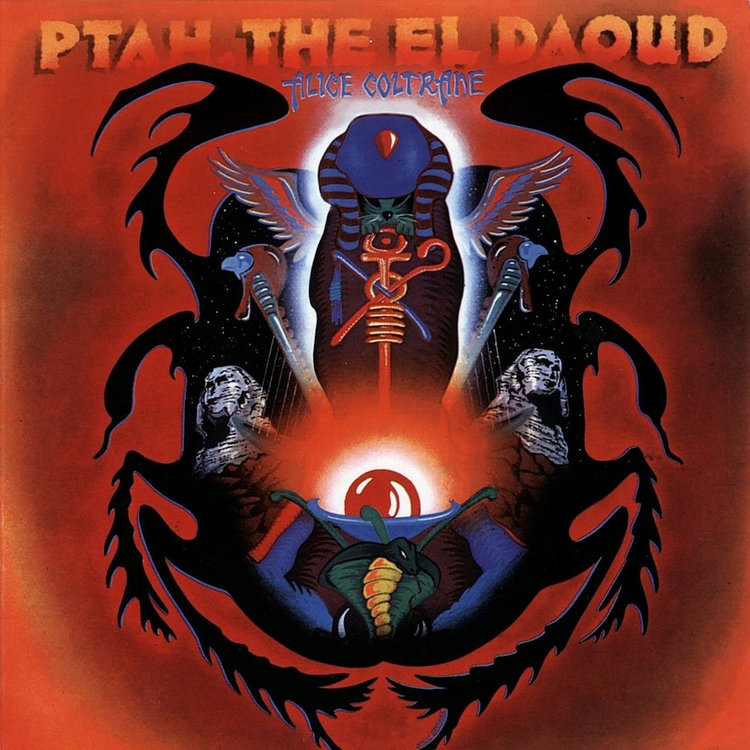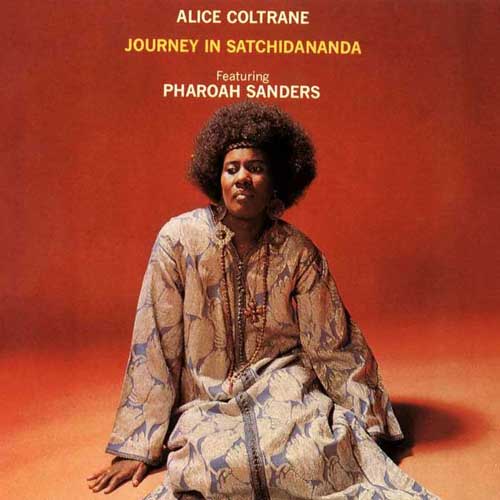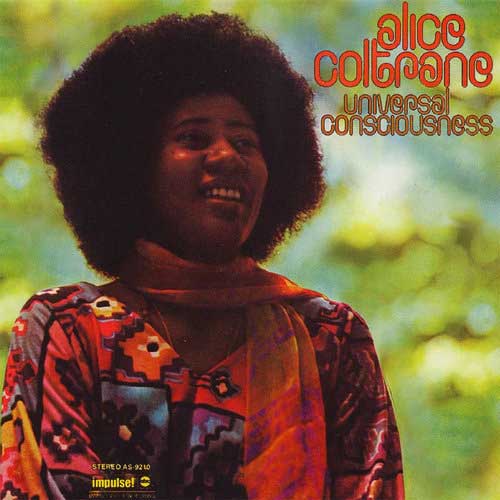Cosmic Music
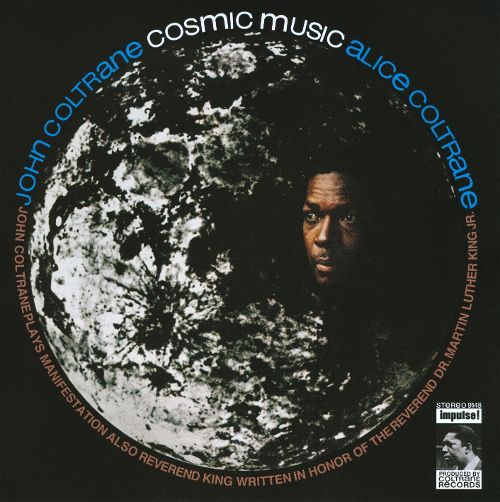
Cosmic Music by Alice and John Coltrane is composed of two of John’s pieces featuring his wife on piano (the couple’s first studio recordings together), and two of Alice’s compositions recorded at the Dix Hills studio. The Alice session took place January 29th, 1968 and produced the masterful “Lord Help Me to Be” and “The Sun” from this album as well as “Ohnedaruth,” which debuted later that year on her A Monastic Trio.
Far-reaching blues motifs and brave instrumental expressions by Alice on piano, Pharoah Sanders on tenor saxophone and bass clarinet, Jimmy Garrison on bass, and Ben Riley on drums immortalized these recordings as essential Coltrane, and bestowed new life into John’s memory with his recent widow commanding the ship.
A Monastic Trio
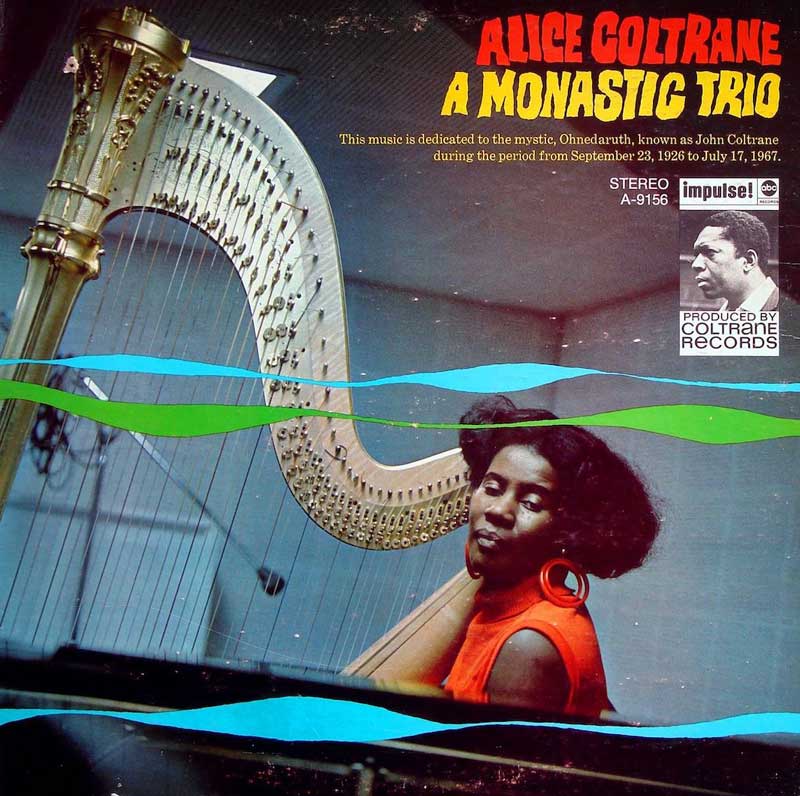
A Monastic Trio, Alice’s debut with Impulse! Records, was recorded primarily on June 6th, 1968 at the home with the exception of “Ohnedaruth,” recorded earlier that year on January 29th. The January session featured Ben Riley (known mostly from his landmark recordings with Thelonious Monk) on drums, Jimmy Garrison on bass, and Pharoah Sanders on tenor saxophone, bass clarinet, and flute. The June recording, making up the bulk of the album, included Rashied Ali, one of Alice’s primary collaborators, on drums, and Jimmy Garrison on bass.
Alice performed some of her greatest piano work on “Gospel Trane” and “I Want To See You,” and stunningly captured the angelic textures of the harp on “Lovely Sky Boat,” “Oceanic Beloved,” and “Atomic Peace.” So much is communicated within the limited trio framework, as Alice’s swelling compositions of hope and praise achieve a symphonic landscape of sound.
